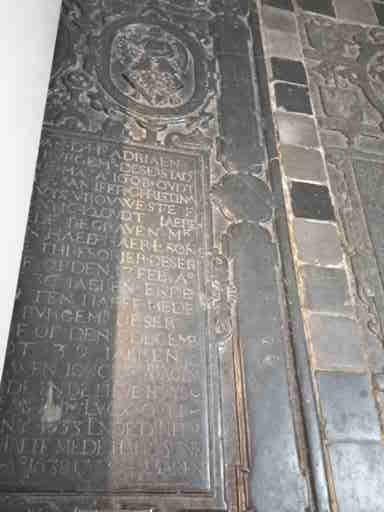Having been active in Asia for centuries, it will not surprise the reader that over the years many family and other connections came about which often continued after the Dutch left India, and succesively, after they left Indonesia. Some connections faded away, other connections remained, and, as in our case, some connections were re-established.
History in brief: first journeys to the East-Indies
In the 16th century, Dutch ships started visiting the East Indies. Why? In the 15th century, it was found the Earth was round after all, and lots of other discoveries were made. This phase in our history was called the Renaissance, or rebirth, of our ‘civilization’. Hm. The globe was explored, and countries situated by the sea, not just large countries like Spain, England, and France, but also small countries like Portugal, Holland, and Denmark, took the lead in this. They were moved by a combination of push and pull factors, as always in migration. On the one hand they were attracted by novelty, adventure, and the wealth overseas. On the other hand they were pushed by poverty and raging wars in Europe.
The Ten Haeff story
Allow me to begin with the example of one of my own ancestors, Adriaen Hendricksz Ten Haeff (1560 – 1608). He was born in the Dutch province of Zeeland. This was the time of the Reformation of Christianity; a century of conflict and war between Catholics and Protestants in Europe. The Netherlands, occupied by the Spanish, fought a bloody independence war for 80 years, ending with a treaty in 1648. This war was fought overland and overseas, and the new Dutch king had struck a deal with Dutch pirates to join hands in this war. Zeeland was one of the territories mainly taken over by the Protestants. Adriaen was a protestant, a shipowner in the Dutch province of Zeeland, and married to the heiress of a well-known pirate captain. He became alderman, and later mayor, of Middelburg, the capital of his province. And he founded the Shipping Company of Faraway, sending the first expeditions from Zeeland to Sumatra, in the East Indies, from 1595 to 1604. Fortunately, elaborate reports on these expeditions have been preserved, including etched pictures (1,2).
By 1602, there were seven shipping companies to the Indies in the Netherlands. They decided to merge into the United East-Indies Company or VOC, with their main office at Amsterdam. Adriaen Ten Haeff was one of the founders. Unfortunately, he did not live afterwards (1908). His gravestone still lies in the Remonstrant (or non-orthodox) Christian church of Middelburg.

August 1, 2021
Carel Tenhaeff
Footnotes
1 Unger, W.S. (1948): De oudste reizen van de Zeeuwen naar Oost-Indië, 1578 – 1604. ‘s-Gravenhage: Martinus Nijhoff.
2 Mollema, J.C. (1936): De eerste schipvaart der Hollanders naar Oost-Indië. ‘s-Gravenhage: Martinus Nijhoff.